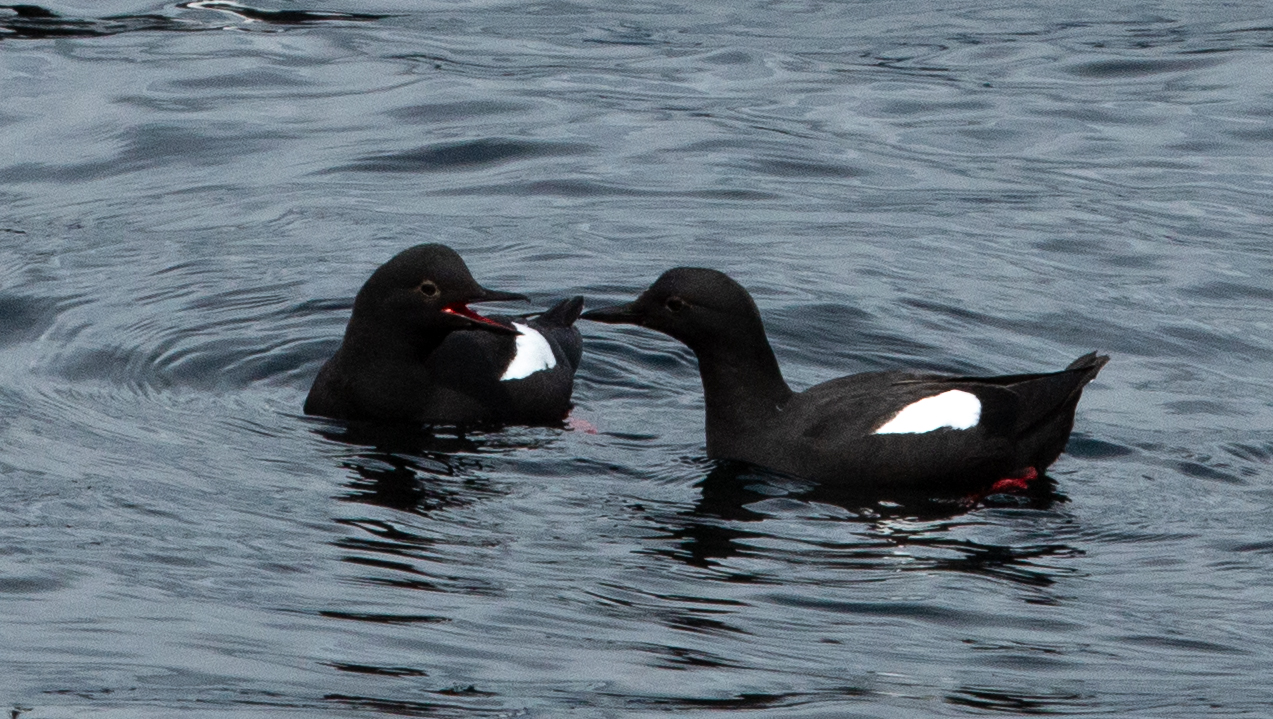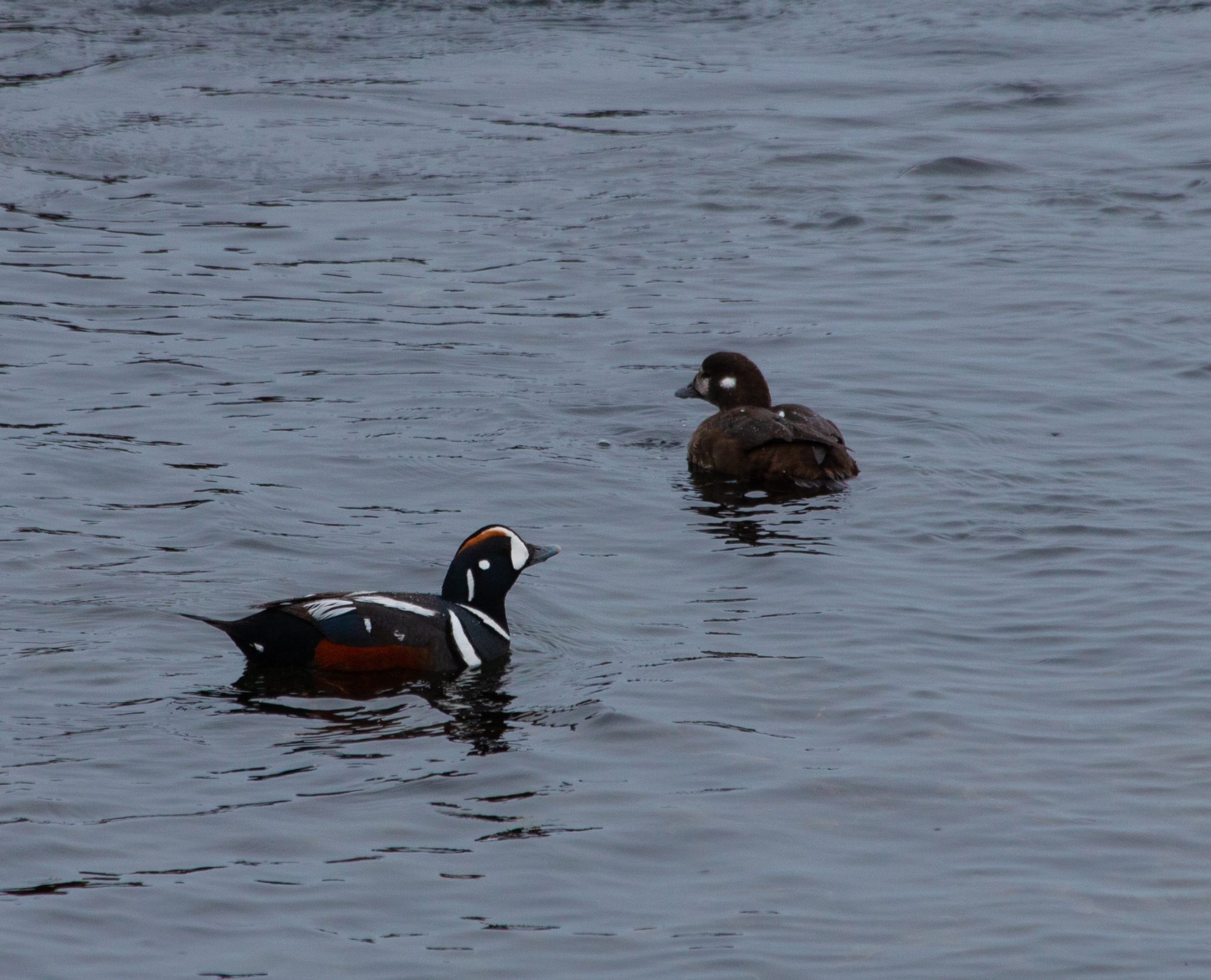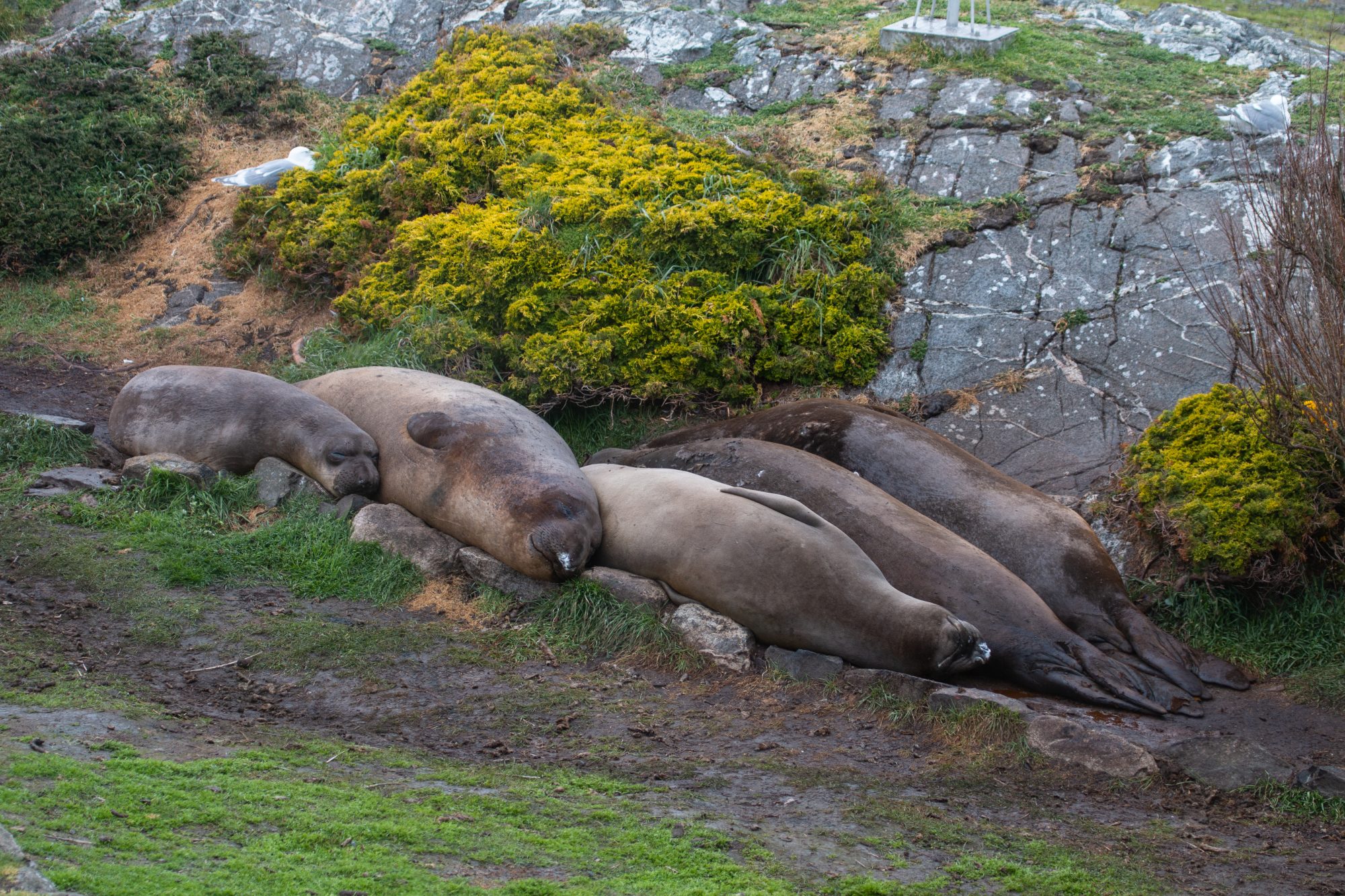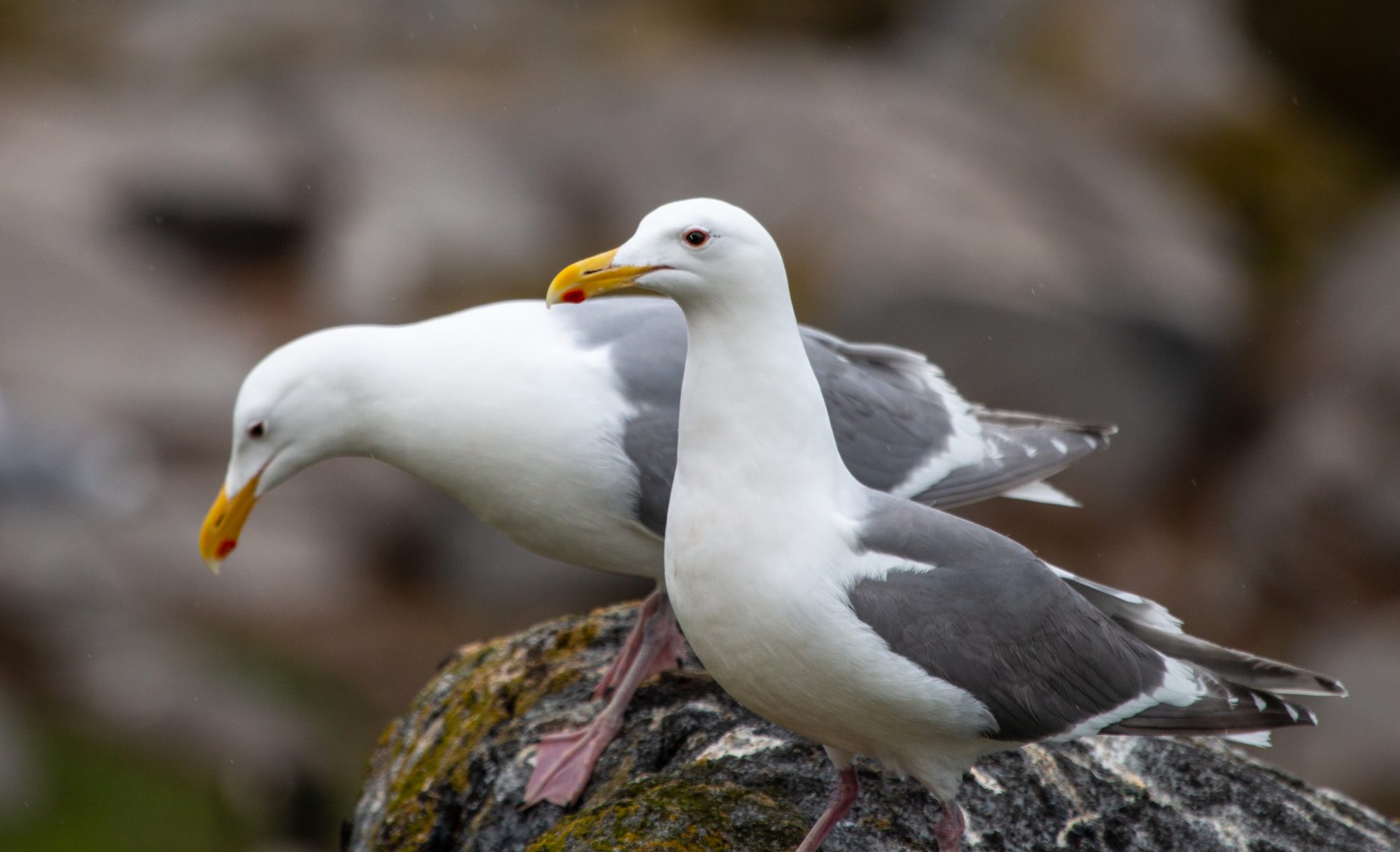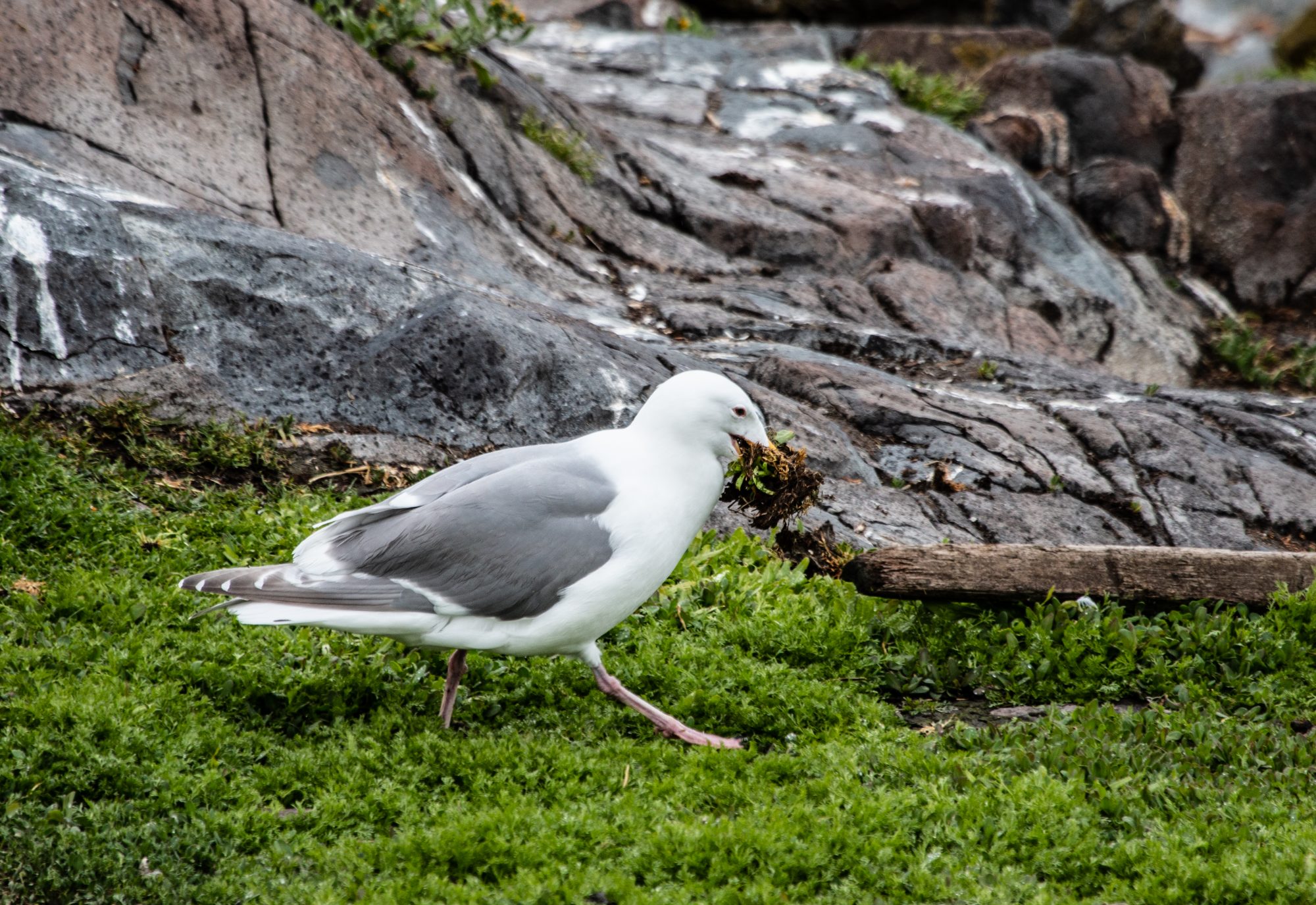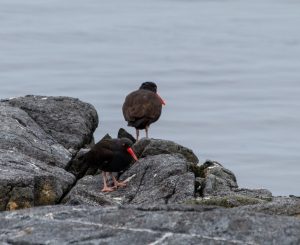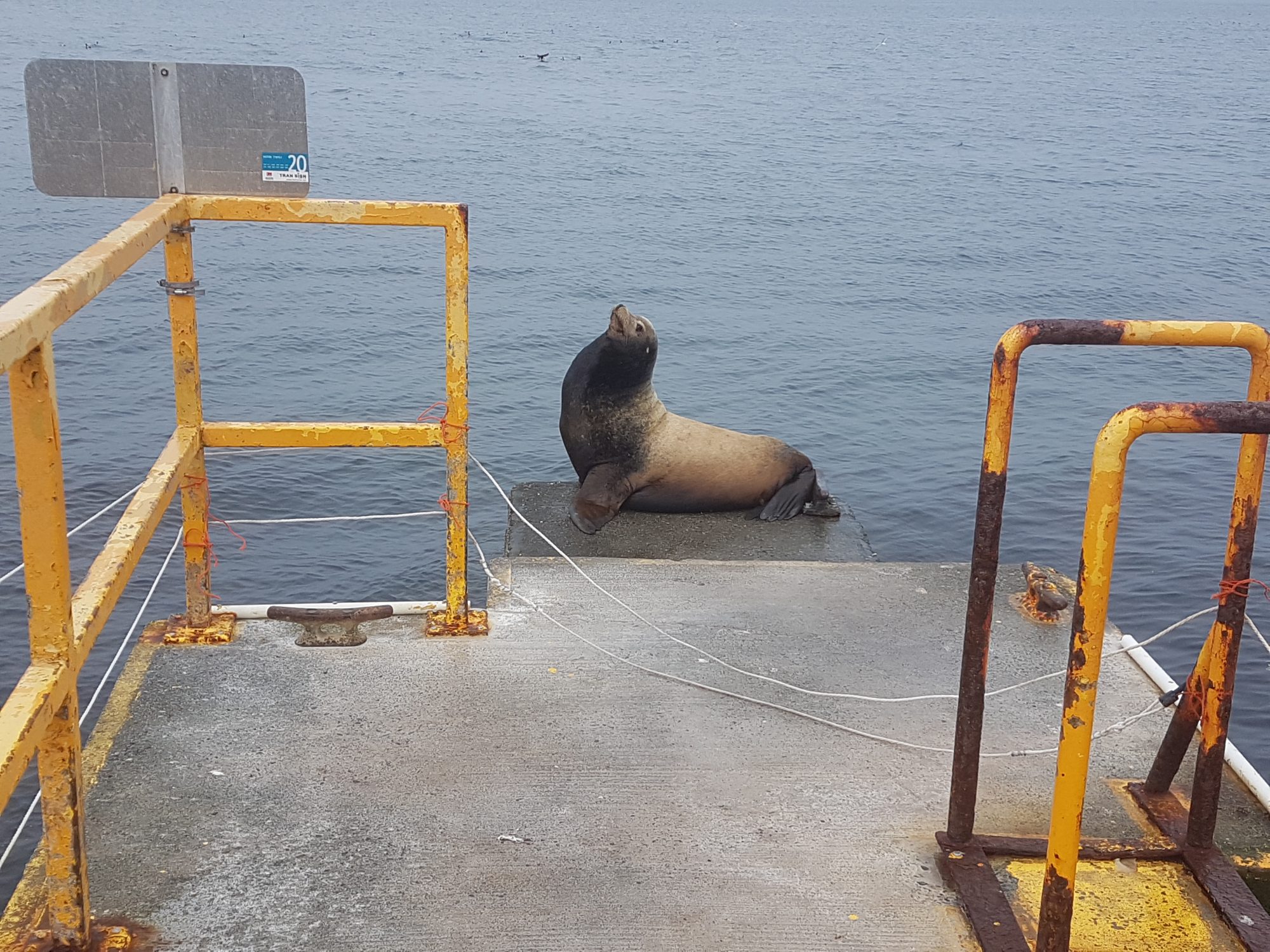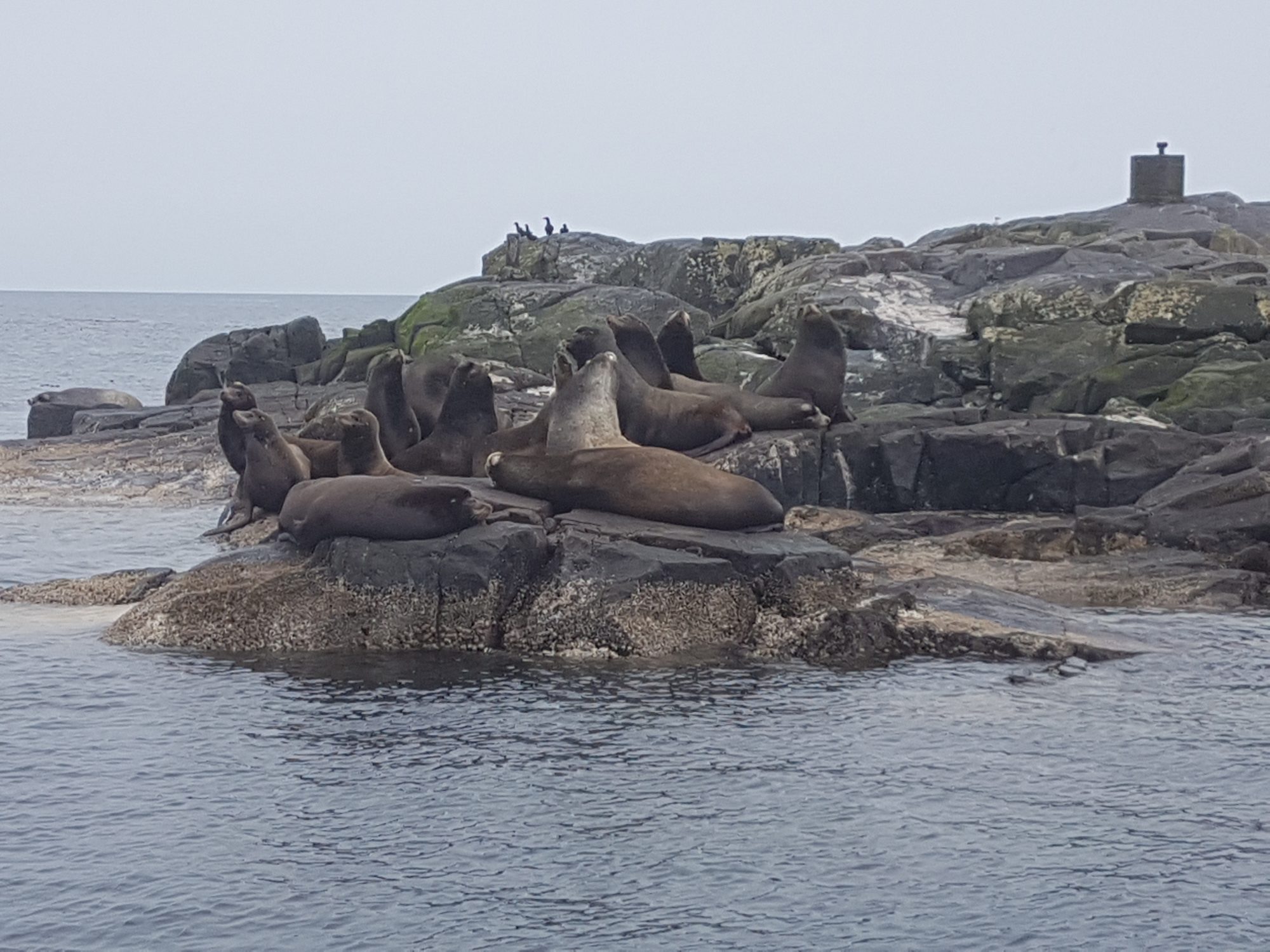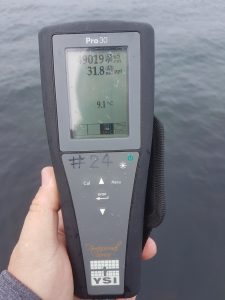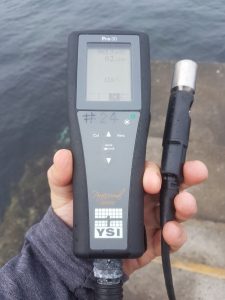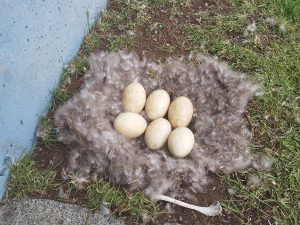Birds
- Harlequin duck 10
- Bald eagle adult 5
- Bald eagle juvenile 8
- Turnstones 19
- Gulls, Glaucous and Western 152
- Cormorants 28
- Pigeon guillemots 74
- Oyster catcher 8
- Canadian geese 18
- Surf Birds 6
Mammals
- Steller sea lion 53
- Harbour seal 115
- California sea lion 28
- Elephant seal female 6
- Elephant seal pup 2
- Sea otter 1
- Animal Tracking and Injuries: 0

